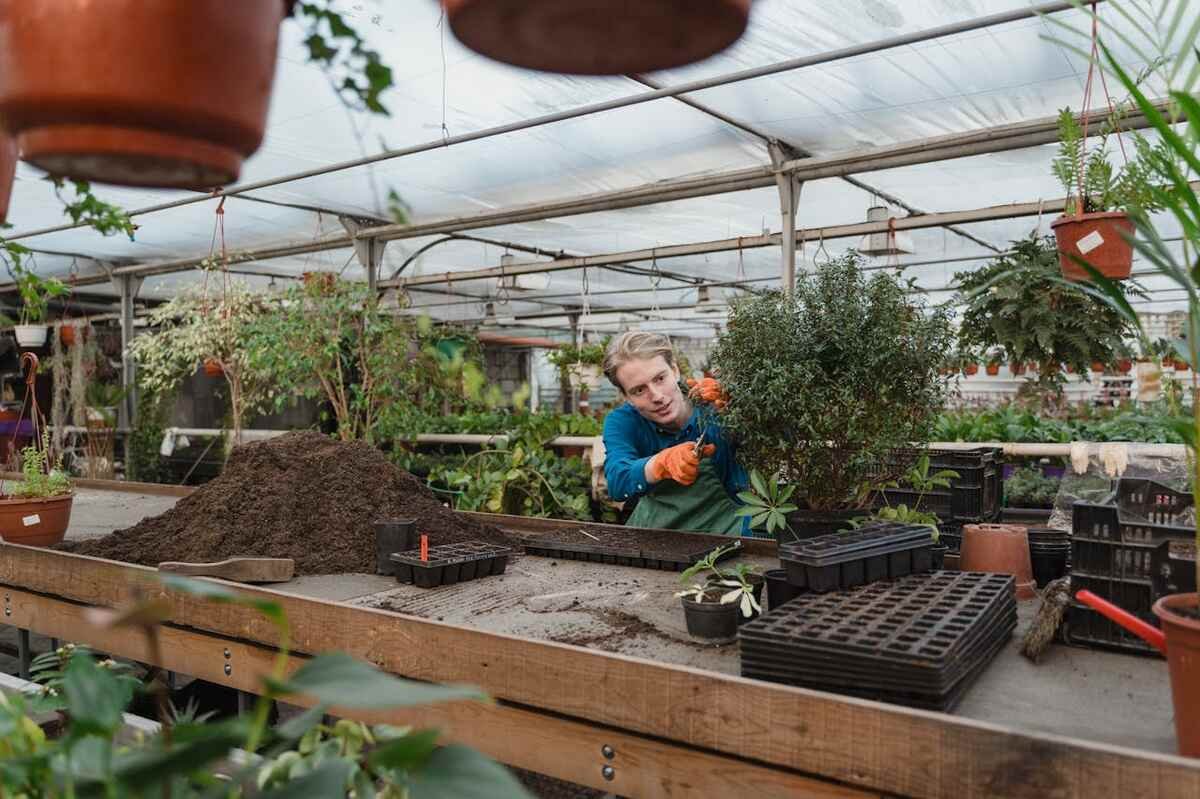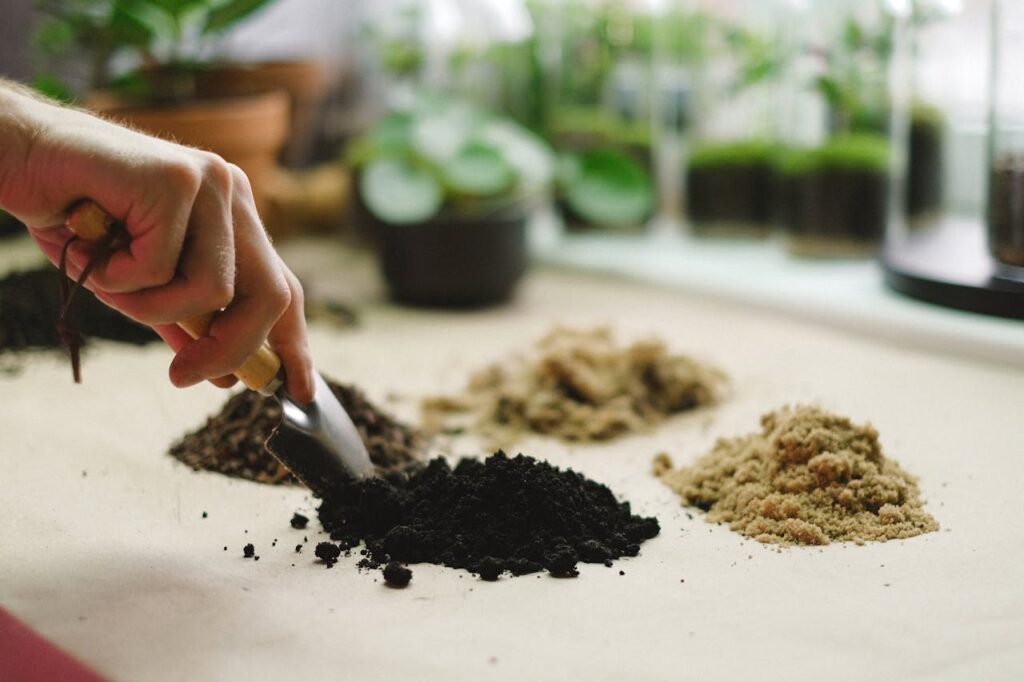Physical Address
304 North Cardinal St.
Dorchester Center, MA 02124
Physical Address
304 North Cardinal St.
Dorchester Center, MA 02124

Composting is one of the best ways to reduce waste, enrich your soil, and create a sustainable garden. Whether you’re a beginner or an experienced gardener, starting a compost pile can transform your organic waste into nutrient-rich soil for plants. If you’re looking for an easy, step-by-step guide to starting a thriving compost pile, you’ve come to the right place!
Before diving into the process, let’s explore why composting is beneficial:
Now, let’s get started on building your own compost pile!

There are several composting methods to consider, depending on your space, lifestyle, and preference.
Perfect for larger yards, this method involves layering organic materials in an open-air pile. It requires regular turning to speed up decomposition.
Ideal for small spaces, a compost bin keeps waste contained and reduces odors. You can buy a ready-made bin or build your own using guidelines from The University of Minnesota Extension.
A rotating compost bin that accelerates decomposition by mixing the contents with minimal effort.
Great for apartments, this method uses worms to break down organic waste quickly and efficiently, as detailed in a guide by The Cornell Waste Management Institute.
Choose a convenient and efficient spot for your compost pile. Consider these factors:
Composting relies on a balance of green and brown materials:
Lay down twigs or coarse materials to improve airflow at the bottom.
Alternate layers of greens and browns to maintain a balanced carbon-to-nitrogen ratio (roughly 2-3 parts browns to 1 part greens).
Your compost should be damp, like a wrung-out sponge. If it’s too dry, add water; if too wet, mix in more brown materials.
Aerating your compost speeds up decomposition. Use a pitchfork or shovel to turn the pile every 1-2 weeks, as recommended by The National Organic Program.

Even the best compost piles can run into issues. Here’s how to fix them:
Compost typically takes 2-6 months to fully break down. Here’s how to know it’s ready:
Once your compost is ready, it’s time to put it to use:
Starting a compost pile is an easy and rewarding way to reduce waste and enrich your garden. By following these steps and maintaining the right balance of materials, you’ll create nutrient-rich compost that improves soil health and supports a thriving ecosystem. Whether you have a small balcony bin or a backyard compost pile, composting is a sustainable practice that benefits both you and the environment.